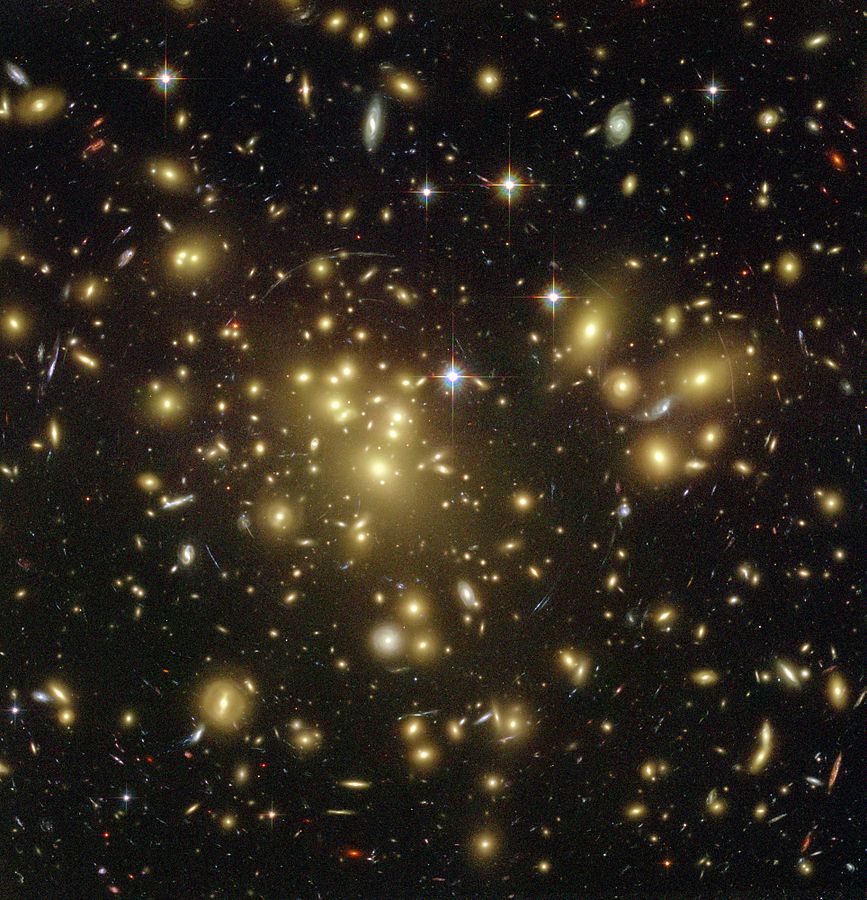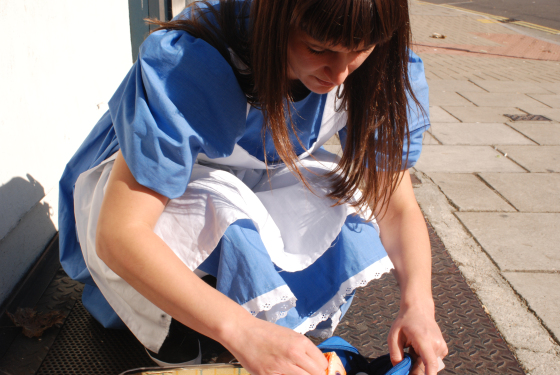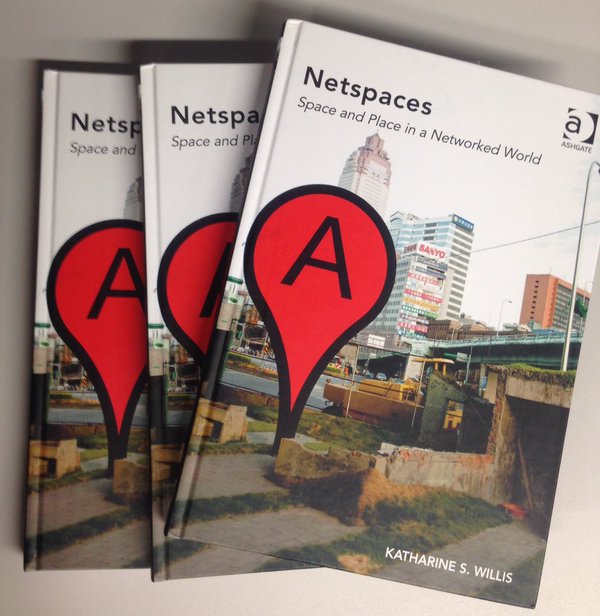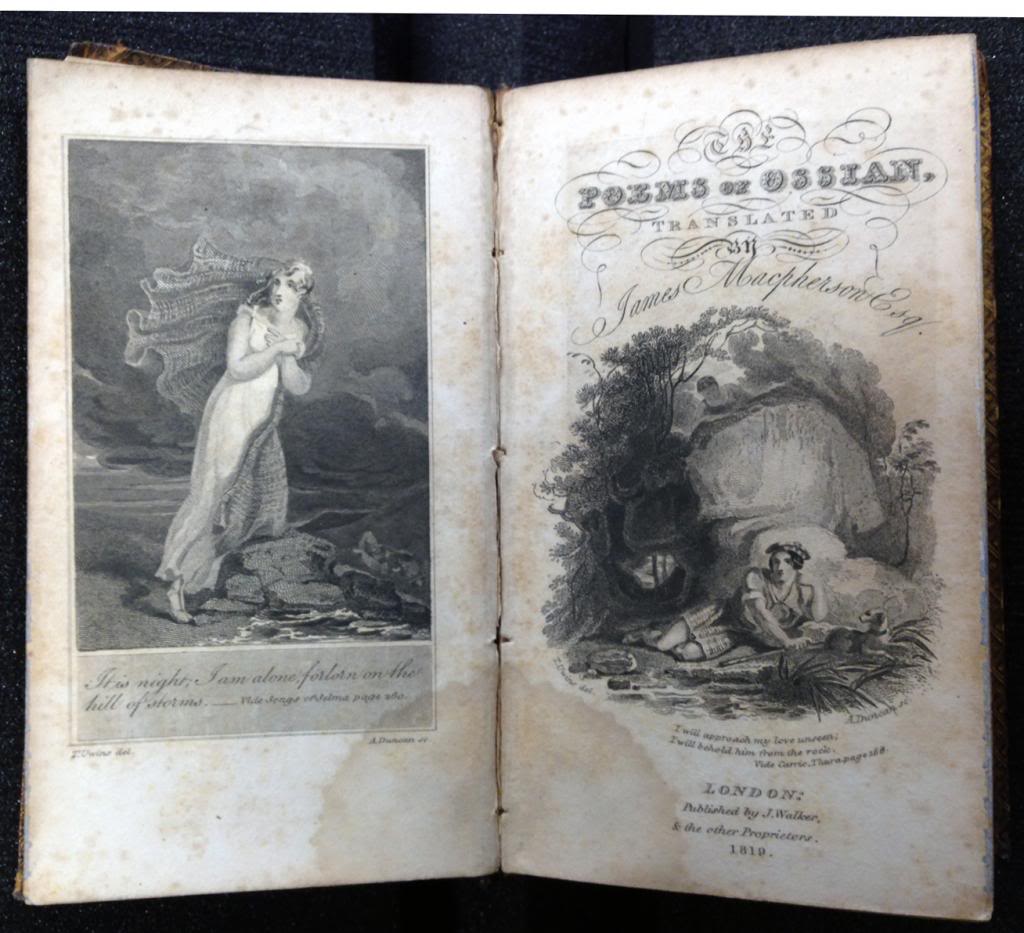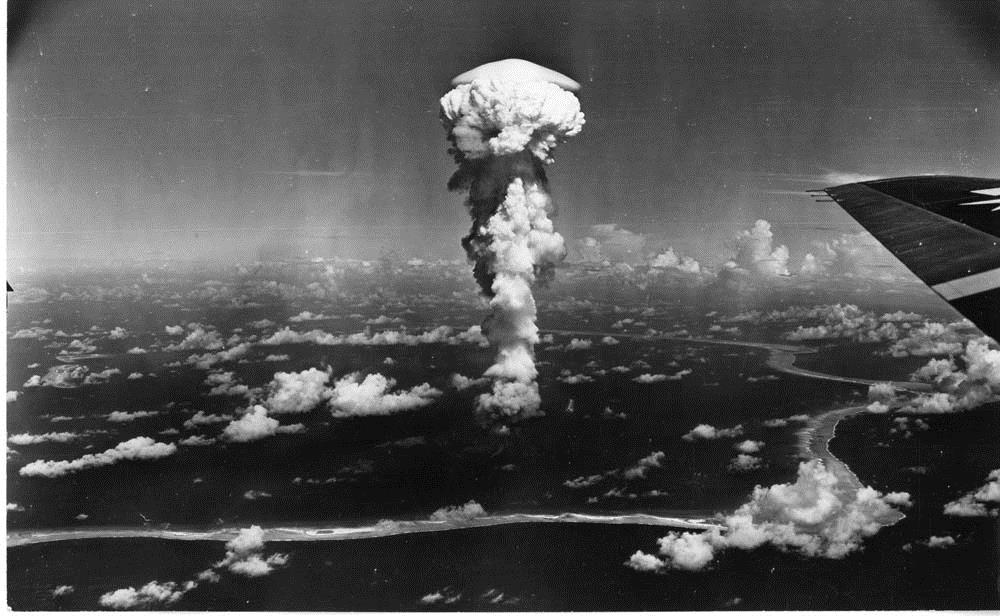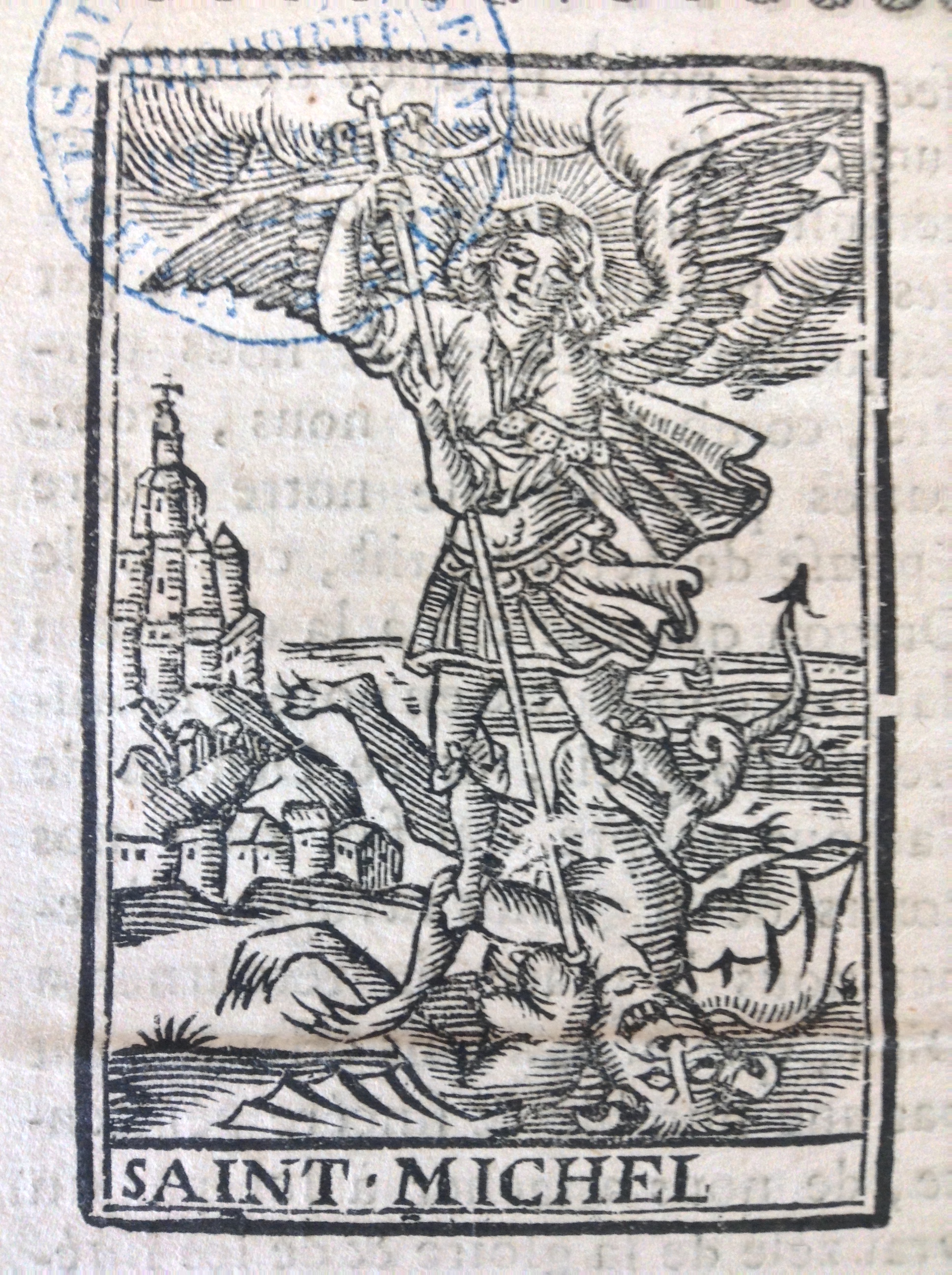BY NÚRIA BONET FILELLA As a composer, I’m interested in finding ways to represent the world through my music. Humans have done this since the beginning of time, from imitating birdsong with a bone flute to the influence of industrial noises in Kraftwerk’s music. Every era has adapted music to incorporate developments in the environment.… Continue reading Feature: “Composing Music with Dark Matter”
Category: Feature articles
Short essays about research and being a researcher in the arts and humanities.
Feature: “Reflections on the arts & humanities doctoral thesis & training”
BY ROBERTA MOCK In the UK, we are moving from a position in which the doctoral thesis, programme, research and examination are largely homogenous and singularly focused to one in which they are increasingly divergent, in order to meet a variety of external drivers. This shift has significant implications for the ways that arts & humanities PhDs are… Continue reading Feature: “Reflections on the arts & humanities doctoral thesis & training”
Feature: “Netspaces: Space and Place in a Networked World”
BY KATHARINE S. WILLIS The approach and focus of my book, Netspaces, published last year, is on understanding and explaining the way that our increasingly networked world impacts on the legibility of cities; that is, how we experience and inhabit urban space. It reflects on the nature of the spatial effects of the networked and mediated world – from mobile phones… Continue reading Feature: “Netspaces: Space and Place in a Networked World”
Feature: “The Poems of Ossian and early Geomorphology: the start of an interdisciplinary conversation?”
BY DAFYDD MOORE James Macpherson’s Poems of Ossian (1761-3) present themselves as the poetic remains of the third-century Celtic prince and bard Ossian (in fact they were inspired, as we might say, by the Gaelic heroic verse Macpherson collected in the Highlands of Scotland but were for the most part more down to him than… Continue reading Feature: “The Poems of Ossian and early Geomorphology: the start of an interdisciplinary conversation?”
Feature: “Painting radioactivity: How to represent the unrepresentable”
By Jody Patterson In the aftermath of unleashing a new arsenal of atomic weaponry on Hiroshima and Nagasaki in August 1945 American artists struggled with the question of how to respond to the unprecedented atrocities of nuclear warfare. What could they say in the wake of the carnage wrought by the militarization of science for… Continue reading Feature: “Painting radioactivity: How to represent the unrepresentable”
Feature: “Improvisation, Joint Action & an Uncanny Golden Retriever”
BY ADAM BENJAMIN In 2014, I was in Berlin to lead an improvisation workshop, as part of an initiative to make a place for integrated dance (dance for disabled and non-disabled dancers) within the summer festival of the Tanzfabrik School. Amongst the dancers to arrive on the first morning was lawyer and dancer, Silke Schöenfleisch,… Continue reading Feature: “Improvisation, Joint Action & an Uncanny Golden Retriever”
Feature: “Voices of angels & men: religious identity and pilgrimage to the Mont Saint-Michel in 16th & 17th century France”
BY ELIZABETH TINGLE The abbey of the Mont Saint-Michel is located on a spectacular natural site, a small rocky outcrop in the bay of Avranches in Normandy which is an island at high tide but accessible on foot at low tide. In 708 AD, Aubert, bishop of Avranches, founded a sanctuary on the Mont… Continue reading Feature: “Voices of angels & men: religious identity and pilgrimage to the Mont Saint-Michel in 16th & 17th century France”

